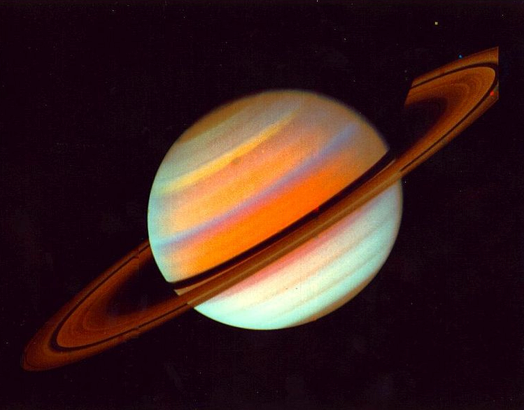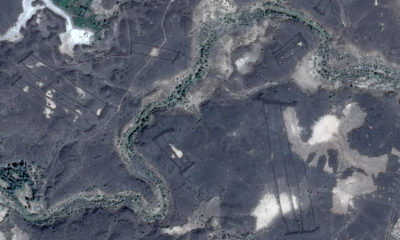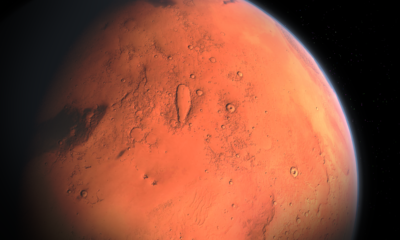
Brilliant new images of the ringed planet Saturn and its moons have been sent to earth by a NASA (National Aeronautics and Space Administration) spacecraft in time for the holiday celebrations. The spacecraft known as Cassini took the photos early this year and the space agency released them recently, serving as added glitz and color to the Christmas season.
High-resolution movie
Cassini captured a high-resolution movie of Saturn’s six-sided jet stream, which is called the hexagon. The hexagon can be found at the North pole area of the planet. The spacecraft used color filters, showing a full view of Saturn’s top at approximately 70 degrees latitude. This is the first time that pictures of this part of Saturn have been captured with the use of the new imagery device. The hexagon covers 20,000 miles of the planet’s northern region. When seen from the images, the hexagon appears as jet stream that moves in a wavy pattern with a speed of 200 miles per hour. At the center of the stream are heavy winds that spin toward the center although there is no definite weather disturbance coming from the solar system atmosphere.
Hexagon components
According to Andrew Ingersoll, a member of Cassini imaging team based at the Pasadena campus of the California Institute of Technology, hexagon components mostly include a succession of air in hurricane-like turbulent motion similar to the Earth’s weather condition. However the difference between Saturn’s hexagon and the earth’s hurricane is that the latter takes place only for a week while the former has been going on for many decades. Furthermore, the weather systems on earth are broken when friction occurs on land or on ice caps. On the other hand, the hexagon in Saturn has been uninterrupted because Saturn is practically a huge ball of gas with little or no solid landforms to speak of.
Better illumination
Cassini caught the hexagon at its best vantage and illuminating point because the sun’s rays have started beaming at the planet’s interior since 2012. The spacecraft took the images within a 10-hour period with the use of high-resolution cameras. Due to improved solar illumination, scientists were able to take a good look at the movement of the gaseous structure within the planet.
Vortices
The vortices forming the hexagon were seen rotating against the hexagon’s normal direction with some of them being brushed along the jet stream, resembling that of a racetrack. The widest span covering these vortices has been estimated at 2,200 miles, which is twice bigger than the largest recorded hurricane on earth. In order to get a clearer view of the images, scientists used false color so they could differentiate the various particles that compose the inner and outer parts of the hexagon haze. Kunio Sayanagi, another Cassini imaging team member from Hampton University in Virginia, noted that the inner part of the hexagon consists of a big cluster of small haze particles and a few large specks.
Hazy atmosphere
Cassini also took photos of the hazy atmosphere of one of Saturn’s biggest moon the Titan. As seen from the photos, Titan is composed of hydrocarbon lakes. Meanwhile, Encedalus, Saturn’s freezing moon can be seen in a white snowball form.
NASA maintains the spacecraft Cassini with some funds coming from European and Italian space agencies. The spacecraft was launched in 1997 and arrived in Saturn in 2004 from whence it has been exploring the planet and its moons.
Photo Credit: Saturn















Facebook
Twitter
Pinterest
Google+
LinkedIn
Email